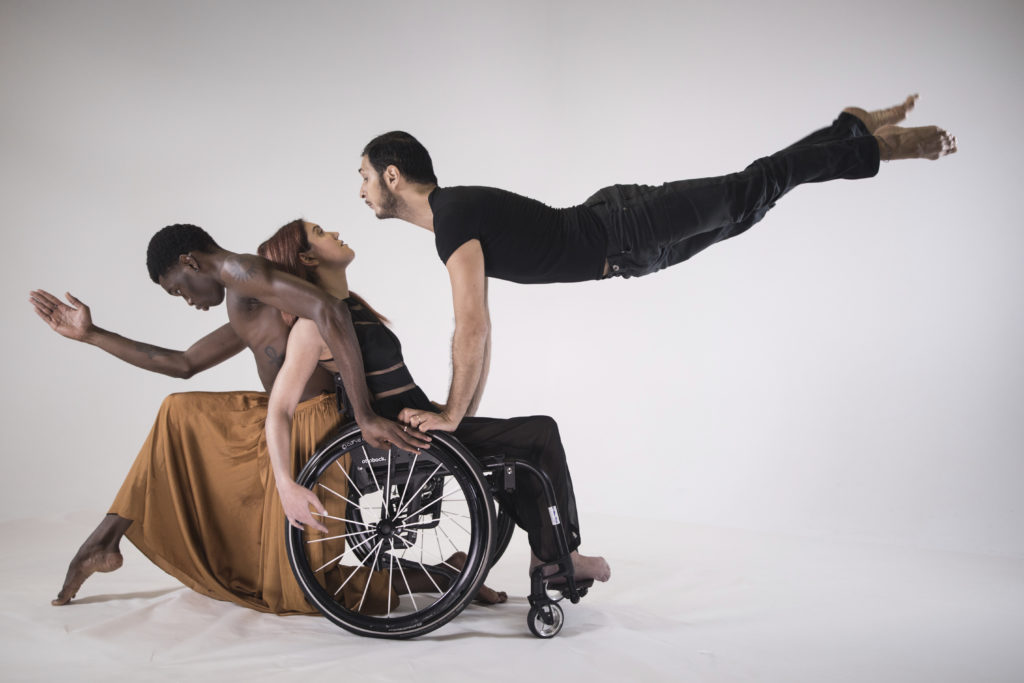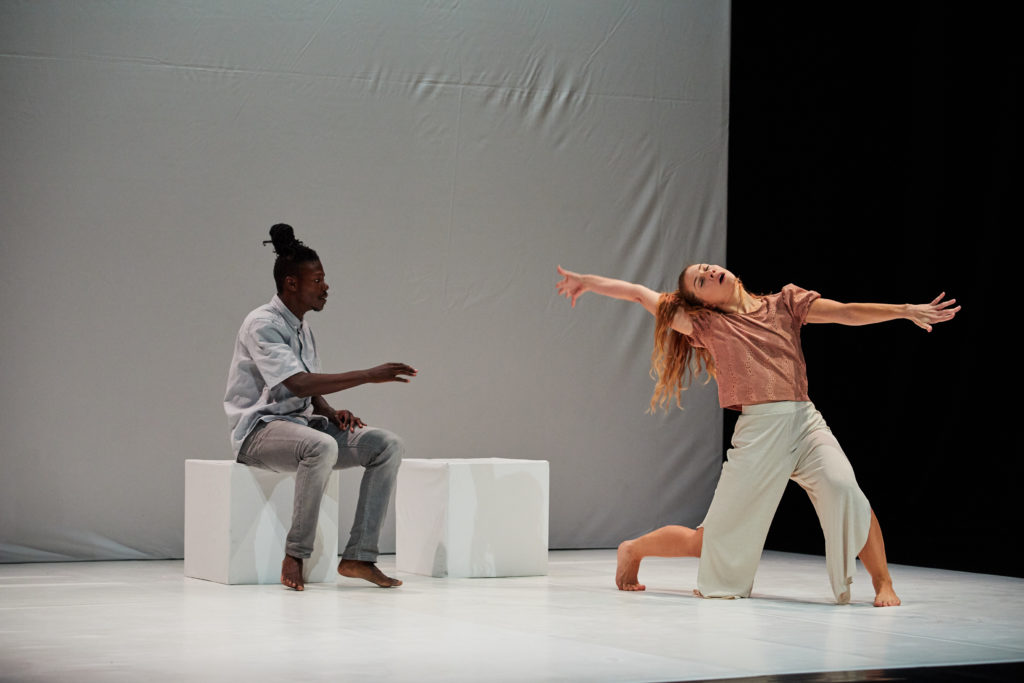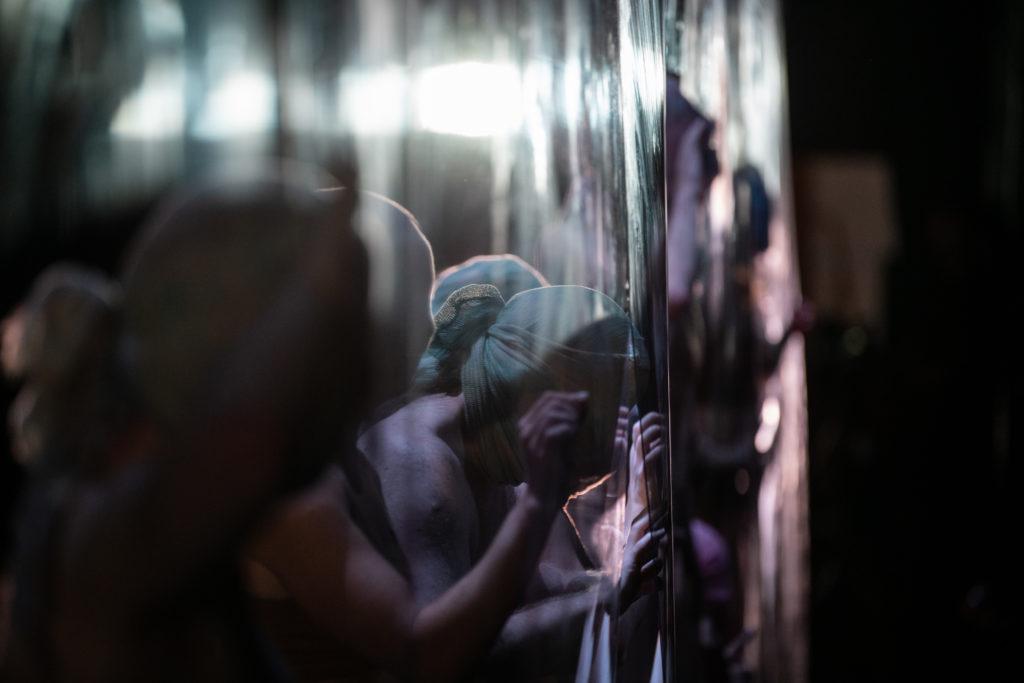Date: February 2, 2022 - February 19, 2022
Location: Netherlands
Europe Beyond Access partner Holland Dance Festival – a leading Dutch dance organisation whose mission is to make dance accessible for everybody regardless of age, social or cultural background, ability or disability – presents the 18th edition of its world-renowned biennial festival.
The festival will showcase the richness, diversity and inclusivity of dance with a wide-ranging and varied programme of performances and workshops featuring internationally acclaimed dance companies, choreographers and performers from across the globe.
Inclusive dance – performances in which people with and without physical or mental disabilities share the stage – is an integral part of the festival. The programme includes three inclusive dance events which are taking place as part of Europe Beyond Access: DanceAble Symposium, a free online inclusive dance symposium available worldwide; and two inclusive dance productions All Inclusive and No Bodies, which the public will have the opportunity to attend in person.

DanceAble Symposium
Friday 11 February 2022, 10.00–15.30 CET
Online
Where is the space for the professional disabled dance artist? What is inclusive choreographic practice? What are the aesthetics of access?
These are just a few of the questions that this inclusive dance symposium will explore through a series of presentations, talks, panel discussions and workshops with an international panel of speakers working in different areas of the performing arts.
The symposium also includes a keynote speech on the question of disability as (part of) an identity by UK choreographer and performer Kimberley Harvey.
The symposium will be in English.
DanceAble is a free online symposium that the general public, dance enthusiasts, practitioners and professionals are welcome to join wherever they are in the world.

Un-Label & Diana Niepce | All Inclusive
Friday 11, Saturday 12 & Sunday 13 February, 19.00 CET.
Korzo Theatre in The Hague.
All Inclusive is a mixed bill featuring duets by Un-Label (Germany) and Diana Niepce (Portugal), which will run over three evenings.
Inclusive performing arts company Un-Label presents Gravity (and other attractions), a contemporary dance theatre duet performed by a deaf and a hearing dancer, Tiki and Lolo. They meet on the subway and travel through their imagination as they experience different forms of attraction. Sign language and an English language audio description are artistically integrated into the performance, forming the creative basis of the piece.
In choreographer and performer Diana Niepce’s piece Dueto, Diana and Hugo Cabral Mendes exist with each other in a conflict that brings love and death closer together. There is a struggle that involves their relationship with each other and only then can they live a truth in intimacy. The duet exposes the non-normative body to explore fragility and strength in the context of identity politics and how relationships are constructed between us and others, the ‘norm’ and society.

Compagnie 21 | No Bodies
Friday 18 & Saturday 19 February, 19.00 CET.
Korzo Theatre in The Hague
Newly founded Dutch inclusive dance and theatre company Compagnie 21 presents No Bodies, in which the dancers go on a journey to find out who they want to be, can be and are allowed to be. Alone and together. On stage, but also in the real world.
The production tries to deconstruct the body into a non-body. Into a nobody. An unrecognisable body without identity. A ‘nobody’ is someone who is outside of society, unseen and misunderstood. This is emphasised in the set: a life-size, see-through wall made of plexiglass separates the performers from the audience. A visual wall that is a metaphor for the distance that often already exists between people. A wall that was created before the corona crisis and has only gained in meaning because of the changes in the world.

